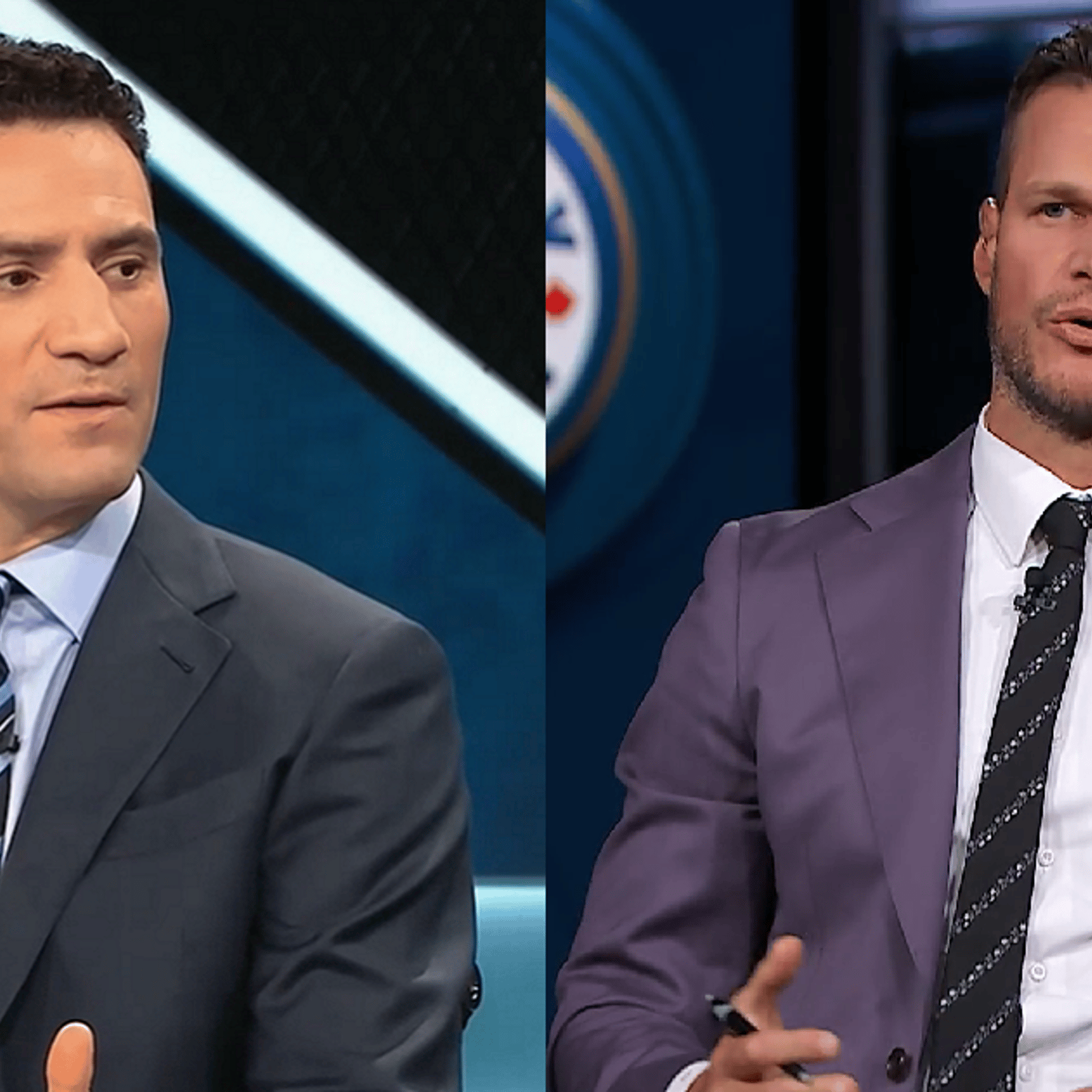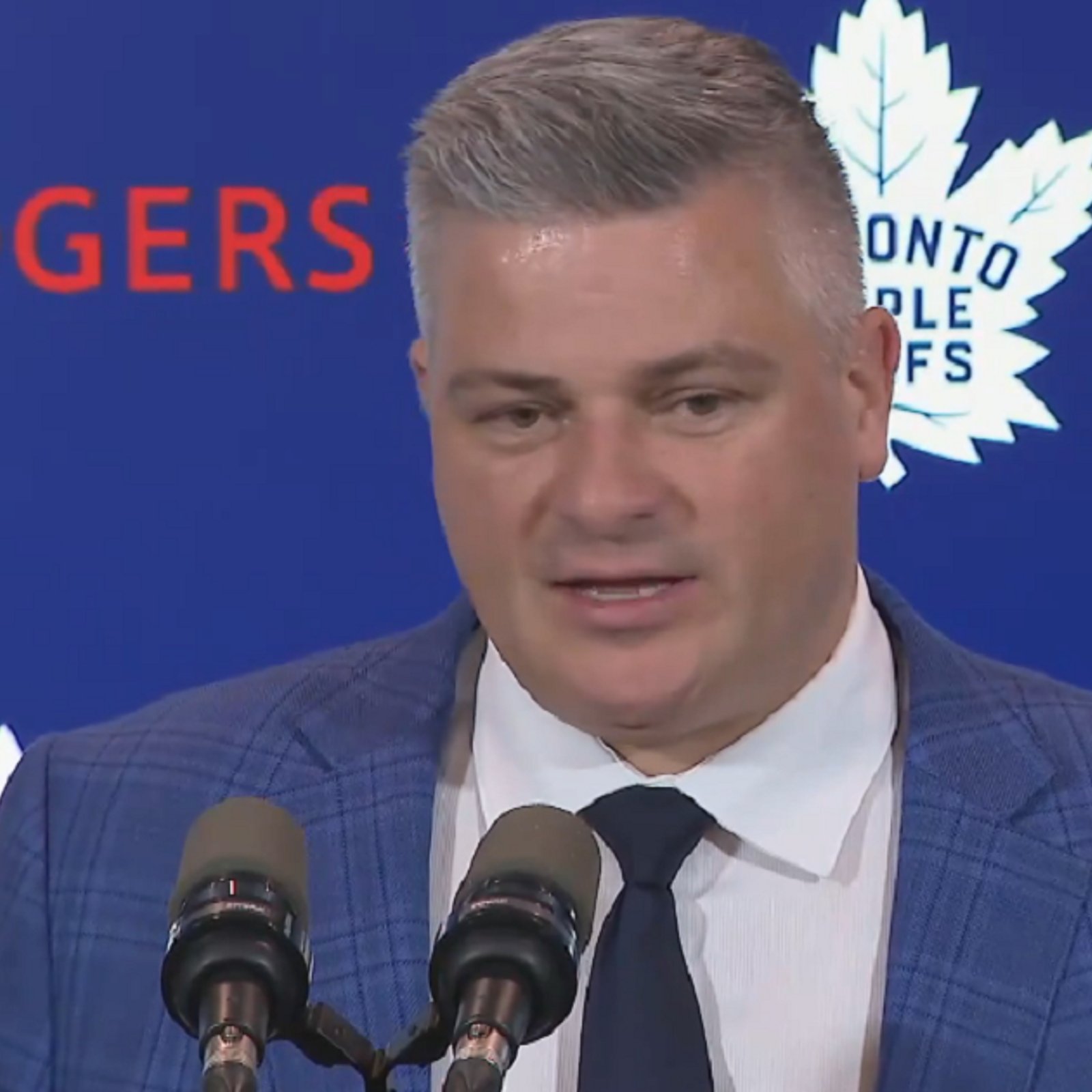
David Clarkson, LTIR and everything you need to make sense of Leafs’ trade
Yesterday’s trade came out of nowhere, but it was actually a shrewd salary cap move by the Leafs.
HockeyFeed
In case you missed it yesterday, the Toronto Maple Leafs acquired forward David Clarkson… yes THE David Clarkson… and his $5.25 million contract along with a fourth round pick from the Vegas Golden Knights in exchange for backup goalie Garret Sparks.
Check it out:
The immediate reaction from Leafs fans was, of course… why?
The short answer is cap space. Clarkson will never play another game in the NHL due to injuries and, as such, he’s eligible to be placed on long term injury reserve (LTIR) where his salary won’t count against the Leafs’ cap.
Okay, that makes sense… but why does Vegas a favor by taking on Clarkson in the first place? Couldn’t the Leafs flip Sparks to someone else without taking on an anchor of a contract?
Well, because of how LTIR is calculated the Clarkson acquisition could actually give the Leafs an additional $2 million in salary cap space during the 2019-20 season. Confused? Me too…
Katya Knappe from Leafs blog Pension Plan Puppets breaks it all down:
Step one: Calculate the team’s Accruable Cap Space Limit (ACSL). This is all of the cap hits of their 23 roster players and anything else like retained salary or buyout amounts.
Step two: Replace the cap ceiling with the ACSL in all your future salary cap calculations.
Step three: Place your player on LTIR, creating an LTIR pool that is the amount of his cap hit.
Step four: add a player to your roster and the total amount of his cap hit over your ACSL drains that LTIR pool.
This is the important point. The LTIR pool is drained, for the rest of the season, by any cap hits that exceed the ACSL, not the cap ceiling. LTIR teams don’t get to use cap space up to the ceiling, only to their ACSL. So the thing you want most of all is an ACSL that is as close to the cap ceiling as you can get, or you are effectively not using all of your LTIR player’s cap hit.
By adding Clarkson to the roster, and letting his contract drive up the overall cap hit, the Leafs can now very easily be right at the cap ceiling when their ACSL is calculated and get maximum benefit from every drop of LTIR. Of course the Leafs are stuck with players on LTIR in the first place because Dave Nonis signed David Clarkson to a really stupid contract. Never forget!
Okay… I think I got it. Because or how the NHL calculates LTIR, the Leafs will wring a few more drops out of LTIR than they would have otherwise. This brings their cap hit down and, combined with trading Sparks’ $800,000 contract, gives the Leafs some flexibility to sign restricted free agent Mitch Marner.

- Jonathan Larivee
Terrible news from Evander Kane just before Game 1.
- NHL News
- 2 minutes read

- Jonathan Larivee
Refs intervene over questionable act from Leafs after Game 1.
- NHL News
- 2 minutes read

- Jonathan Larivee
Bieksa, Bissonnette call out 2 Maple Leafs after a brutal Game 1.
- NHL News
- 3 minutes read

- Jonathan Larivee
Sheldon Keefe calls out Max Domi over Game 1 performance.
- NHL News
- 2 minutes read

- Jonathan Larivee
Seth Jones' comments rub fans in Chicago the wrong way.
- NHL News
- 3 minutes read
